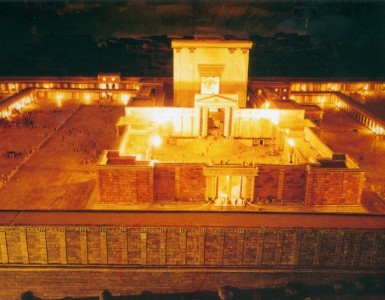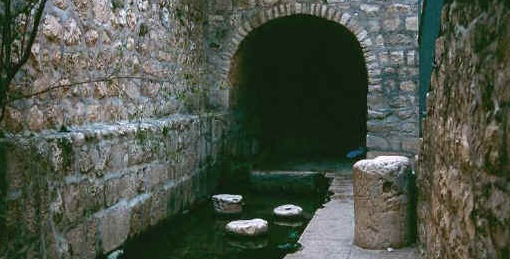
My favorite thing about beginning a new book is all the new research required. It’s like being turned loose in an exotic new universe with an unlimited railpass–but, unfortunately, no maps. The internet can be as irritating as a poorly drawn subway map with half the lines left out or mislabeled, but once I stumble onto the right line, I hardly stop to eat or sleep! If I didn’t go half blind and start hitting dead ends and duplications I might never stop to write. I share T. H. White’s feelings about learning:
“The best thing for being sad,” replied Merlin, beginning to puff and blow, “is to learn something. That’s the only thing that never fails. You may grow old and trembling in your anatomies, you may lie awake at night listening to the disorder of your veins, you may miss your only love, you may see the world about you devastated by evil lunatics, or know your honour trampled in the sewers of baser minds. There is only one thing for it then — to learn. Learn why the world wags and what wags it. That is the only thing which the mind can never exhaust, never alienate, never be tortured by, never fear or distrust, and never dream of regretting.”
― T.H. White, The Once and Future King
Among the many things I’ve explored in my research for the 5th Yeshua’s Cats’ book, the details of Pompeii’s houses may be the most intriguing–perhaps because I knew absolutely nothing about Roman houses! So, on the chance that you may find the subject engaging too, I thought I’d do a post about them.
Here is the clearest plan I could find of the basic Roman house, or domus. Unfortunately, although it comes from Wikipedia, the original source is not given. A more detailed description of the separate rooms is available here.
The difference between an moderately wealthy city house and the seaside villas of the obscenely wealthy is clear from the plans below (Villa of Mysteries and moderate city house).
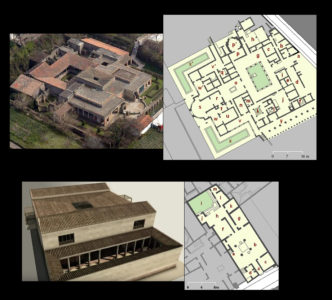 Most Roman houses–modest or palatial–were lined up on a visual axis from the main entrance, through the large public room, or atrium, and eventually out through the courtyard and garden. If you look at the house plan above, you can see this. The view below, of the House of Menander, is typical of a wealthy home. The photo was taken near the entrance, looking through the tablinum, toward the courtyard.
Most Roman houses–modest or palatial–were lined up on a visual axis from the main entrance, through the large public room, or atrium, and eventually out through the courtyard and garden. If you look at the house plan above, you can see this. The view below, of the House of Menander, is typical of a wealthy home. The photo was taken near the entrance, looking through the tablinum, toward the courtyard.
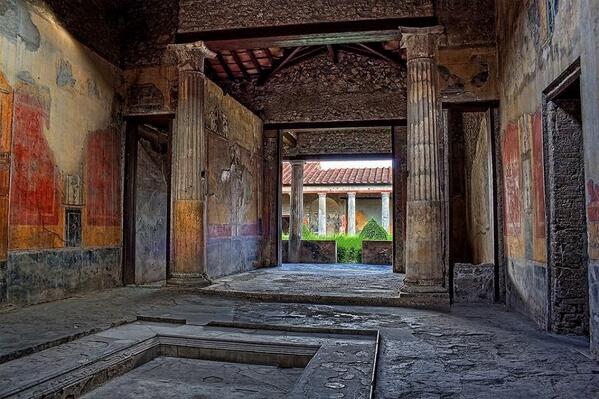 Apart from ventilation, this axis seems intended to give visitors the most impressive view possible of a home when they first entered. After all, status and wealth made the Roman world go round. In the words of the mosaic in the entryway of the merchant’s house below, SALVE LVCRVM, “Welcome (hail) profit!”
Apart from ventilation, this axis seems intended to give visitors the most impressive view possible of a home when they first entered. After all, status and wealth made the Roman world go round. In the words of the mosaic in the entryway of the merchant’s house below, SALVE LVCRVM, “Welcome (hail) profit!”
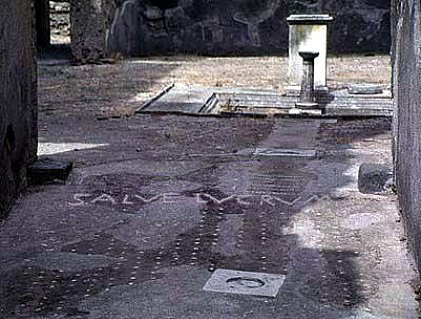
If you refer to the house plan above you can follow me as I explore the layout, with examples of the different types of rooms found in Pompeii. BTW, most photos, if not labeled otherwise, came from an amazingly helpful site on Pompeii, https://sites.google.com/site/ad79eruption/pompeii/
Entryway
![]()

Even the wealthiest homes in Pompeii opened directly onto the street and shared walls with the houses on each side–unless the owners were wealthy enough to own the entire city block (insula). A back entrance for servants and tradespeople usually opened off a narrow corridor on the side or rear. The street front of the Menander House (above) was slightly set back from the sidewalk by a raised bench, possibly for people to sit upon while waiting to see the master of the house. The metal gate is positioned where the wooden door stood.
Once inside the house, the visitor finds herself in an entry hall called the fauces, #2 on the plan. The fauces below leads into the House of the Ceii. Like almost all the houses in Pompeii, the walls were frescoed in fairly standard styles. Archaeologists now classify early Roman wall paintings as Pompeiian styles 1-4. The style below is #4. If you look at the plan, you can see that the fauces runs between shops that open onto the street.
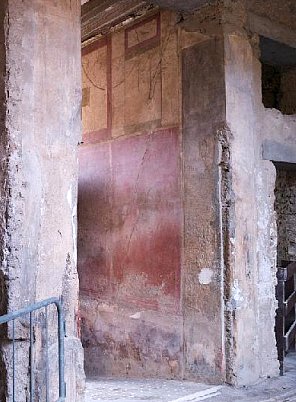
Atrium
![]()
At the inner end of the narrow fauces the visitor emerges into the large main room, or atrium. Most atria had openings in the center ceiling to let in light and collect water for the cisterns, which were buried in the floor. The opening in the ceiling was called the compluvium. The pool that collected the water below and drained it into the cisterns was the impluvium. You can see both clearly in the photo below from the House of the Lararium. Also below is a cut-away diagram showing the location of the cistern, and a closeup of rain spouts from the House of Casca Longus.
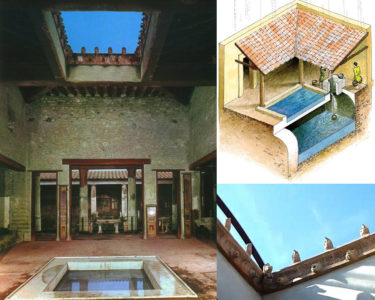 From the look of the modern photo below by Roger Ulrich, the atrium isn’t an ideal place to sit on a rainy day! I assume that the rain spouts and guttering in the diagram following would have prevented such drenching rain-spatter.
From the look of the modern photo below by Roger Ulrich, the atrium isn’t an ideal place to sit on a rainy day! I assume that the rain spouts and guttering in the diagram following would have prevented such drenching rain-spatter.
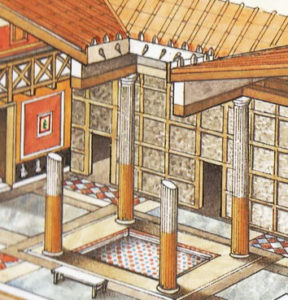 The atrium was the main public room of the house, and opened onto a room called the tablinum, where the master of the house did business and kept accounts. The tablinum was at least partially open on both the front and back sides to allow for airflow, light, and a clear view into the colonnade and garden. Draperies provided privacy when necessary. Below is Lund University’s virtual image of the tablinum (right) in the House of the Ceii, with the typical hallway or andron on the side (left). An identical andron ran along each side of the tablinum.
The atrium was the main public room of the house, and opened onto a room called the tablinum, where the master of the house did business and kept accounts. The tablinum was at least partially open on both the front and back sides to allow for airflow, light, and a clear view into the colonnade and garden. Draperies provided privacy when necessary. Below is Lund University’s virtual image of the tablinum (right) in the House of the Ceii, with the typical hallway or andron on the side (left). An identical andron ran along each side of the tablinum.

Often in Pompeii the rooms directly on the street were rented out to businesses, or used as shopfronts by the family living in the house. If they were rented shops, there was no access to the house itself. As shown on the house plan, these rooms were called tabernae. They could be rented apartments, living quarters for family servants, storerooms, or shops. As shops,they were often thermopolia, or cafes (below), where hot and cold food was served from deep dishes set into marble counters. Businesses like bakeries and laundries usually occupied whole buildings. Craftsmen used such rooms for selling their own goods, while using the house behind as their home and shop.
 Atria sometimes had an open alcove to one side, perhaps where guests might be seated, called an ala, (#10 in the domus plan above). The photo of the atrium in the House of the Vetti (below) shows an ala on the left. The entrance is to the right.
Atria sometimes had an open alcove to one side, perhaps where guests might be seated, called an ala, (#10 in the domus plan above). The photo of the atrium in the House of the Vetti (below) shows an ala on the left. The entrance is to the right.

Atria also commonly housed household shrines (lararia) as well as elaborate strongboxes intended to demonstrate the family’s wealth. (below)
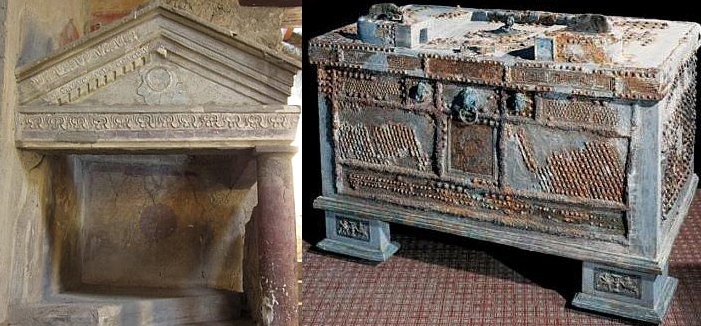
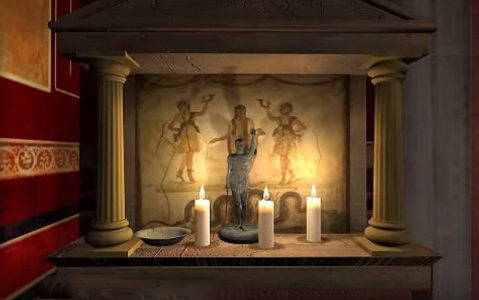
Cubiculae
![]()
The small closed rooms called cubiculae on each side of the atrium are bedrooms, either for guests or family. The House of the Orchards had two bedrooms lavished painted with gardens (below). Bedrooms were also located upstairs, and sometimes opened off the courtyards.
Bedrooms rarely had windows. For that matter, neither did the rest of the rooms in the house. Except for rare windows in rooms facing into the peristyle, the only windows in Pompeiian houses tended to be tiny and set high up on the walls. The exception to this rule were in very wealthy homes on the coast itself, where windows with sea views might be found in any room of the house.
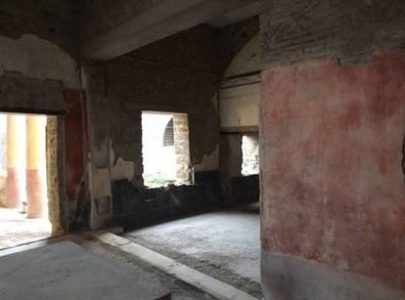
Of all the cultural differences between ancient Roman houses and modern American ones, the thing that surprised me most was the placement of family bedrooms around the main room in the house–the one most frequently visited by strangers. Although this arrangement was the result of older housing patterns built around a courtyard as a common living space, nothing else quite communicated to me the vast difference between “personal space” or privacy as I understand it and the ancient Roman one. 
Here is a virtual reconstruction of a bedroom from the House of the Tragic Poet:
Peristyle
![]()
Immediately past the atrium and the tablinum with their adjoining rooms, was the courtyard, or peristyle, a colonnaded garden space with rooms around its side. Larger, wealthier homes often had more than one courtyard, as well as a large open garden. The rooms around the peristyle were usually used for dining and entertaining: the triclinia, or dining chambers, and the excedra, or banqueting room. Wealthy homes often had several triclinia. The kitchen (culina, #12), latrines, and baths (in very wealthy homes) were in this back area as well. Oddly enough, the latrines were often located in a corner of the kitchen, perhaps because of the easy access to water.

Upper Floors, Fountains, Paintings, and Mosaics
![]()
Because most of the upper floors of Pompeii’s houses were destroyed, piecing together a lifestyle that includes them has been difficult. A few still stand, and virtual reconstructions have been attempted:
The multiple stories of some cliff-side villas withstood the eruption better– for instance, the House of the Relief of Telephus at Herculaneum:
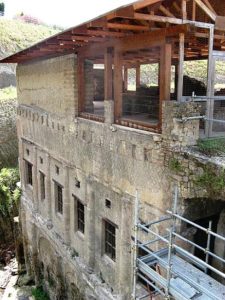
The larger mansions often had multiple pools and fountains in the peristyles and gardens. One house in particular, the House of Octavius Quartio, has an extravagant series of fountains and canals. The House of the Large Fountain has a particularly fine fountain (below).
Below is a selection of Pompeiian wall paintings and mosaics. I hope you’ve enjoyed your tour!


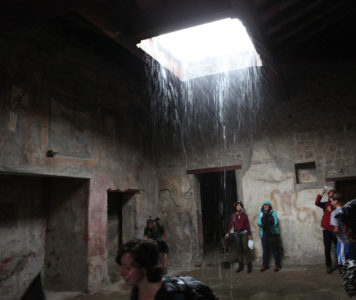
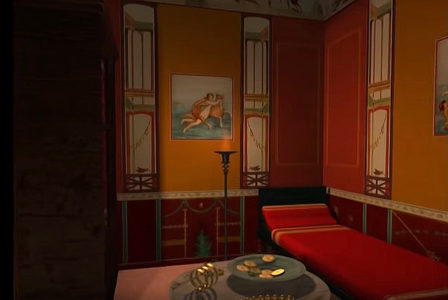
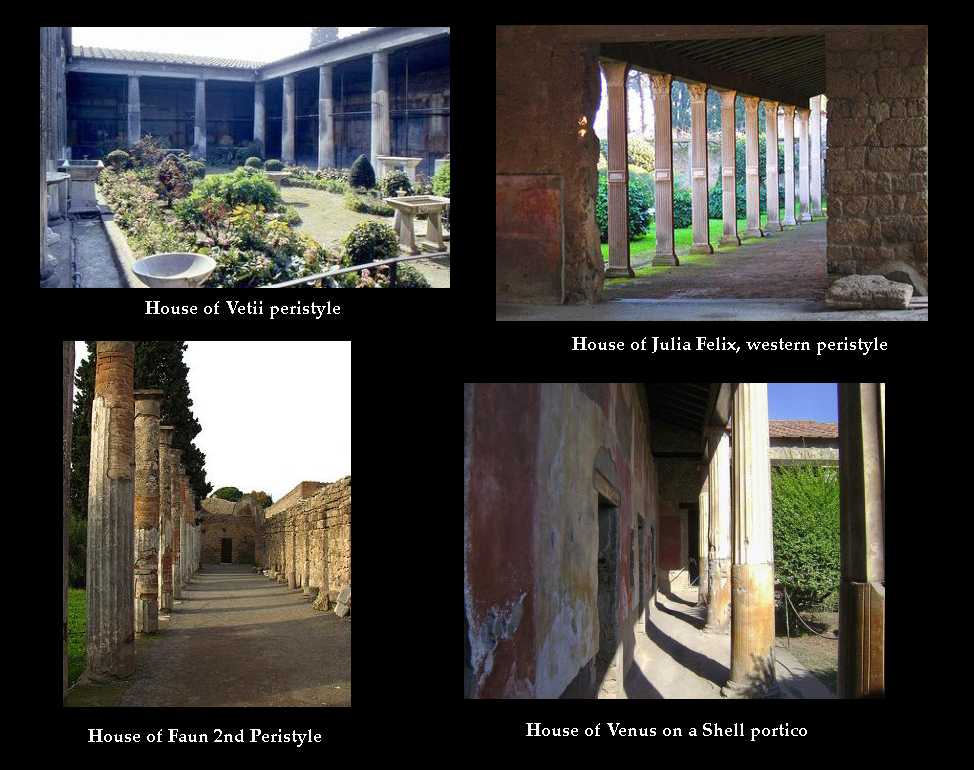
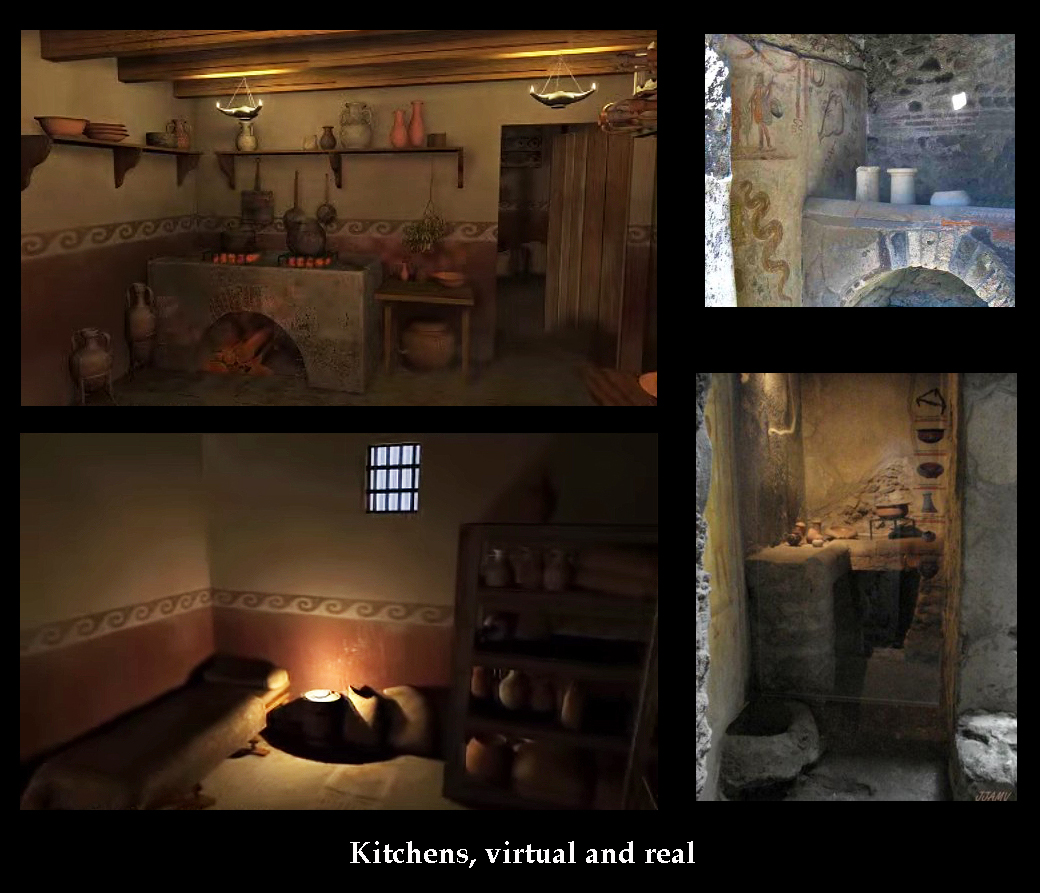

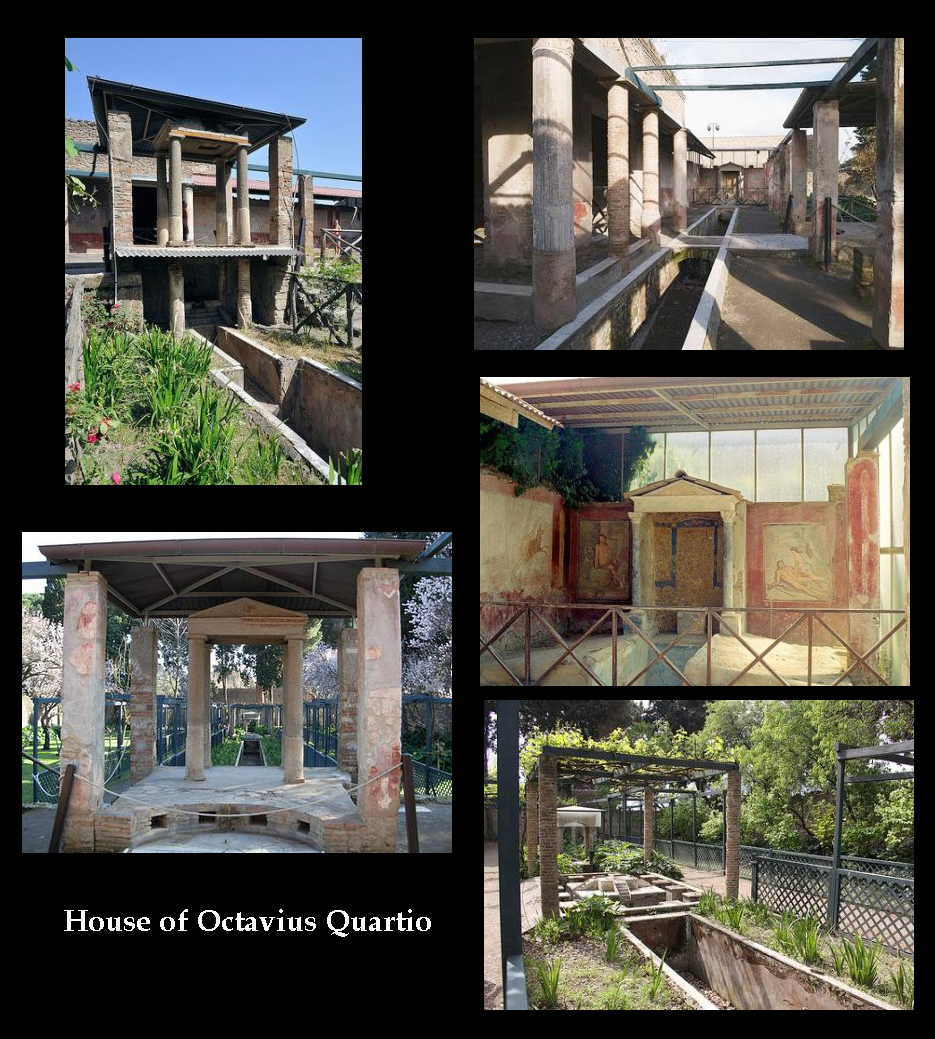
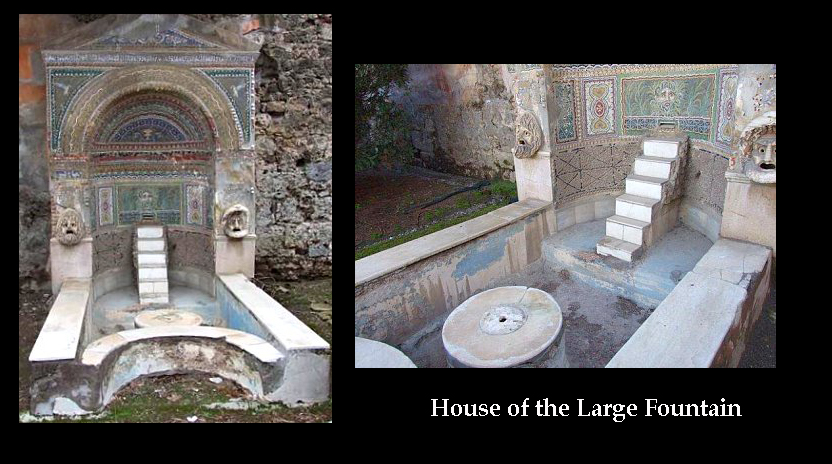
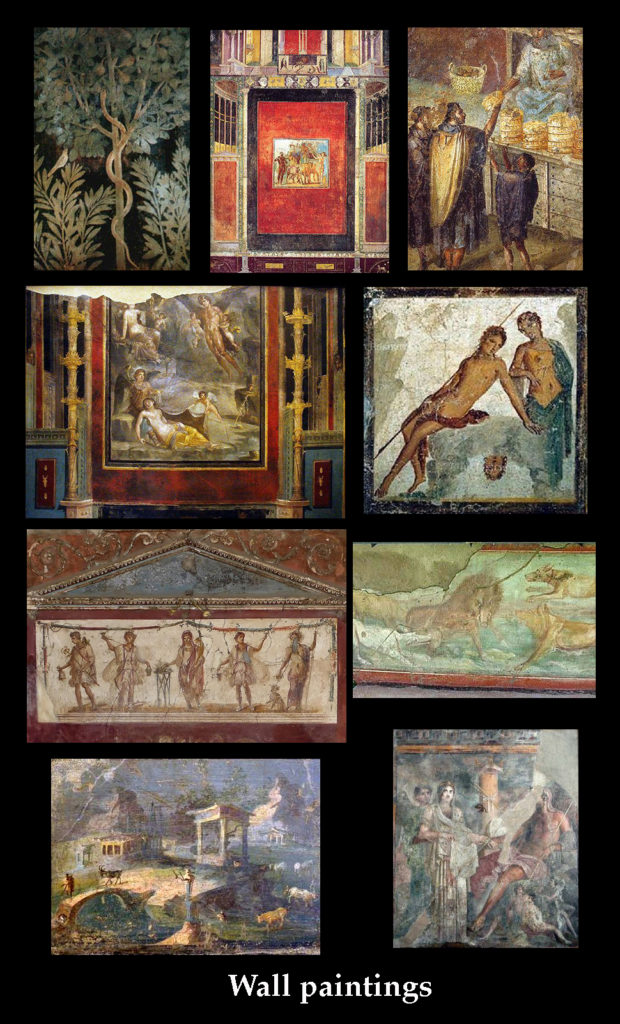




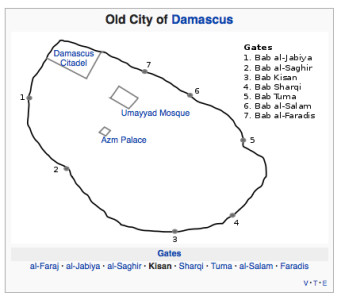
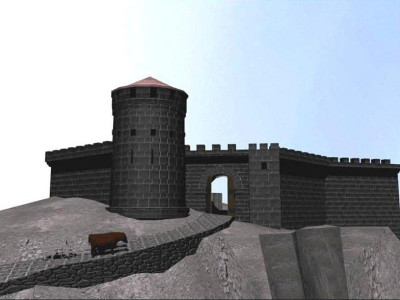
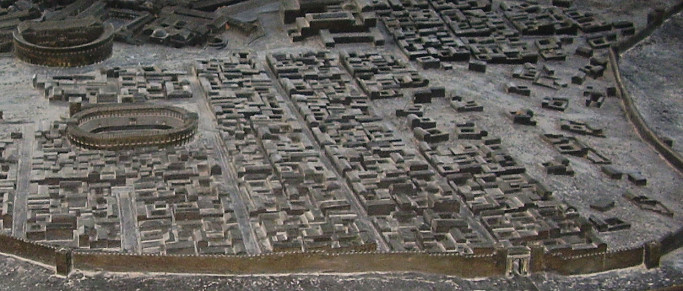

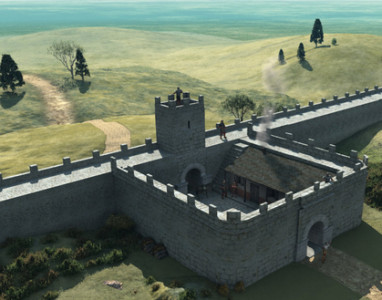
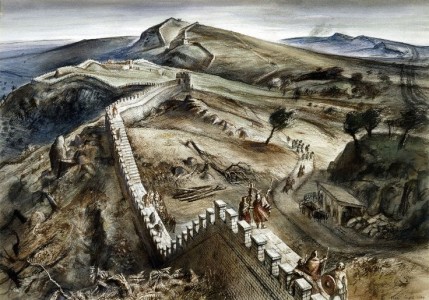
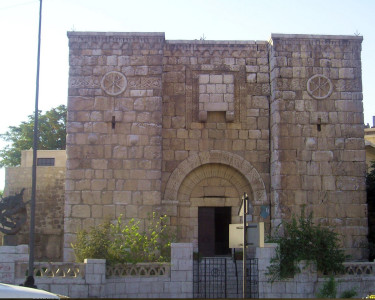

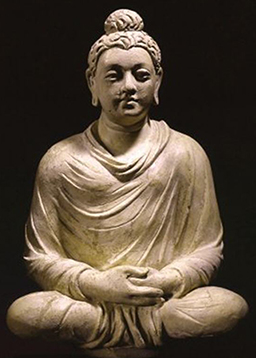
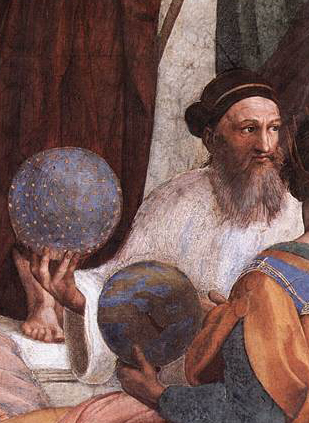
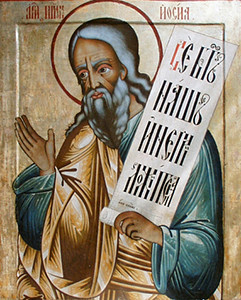




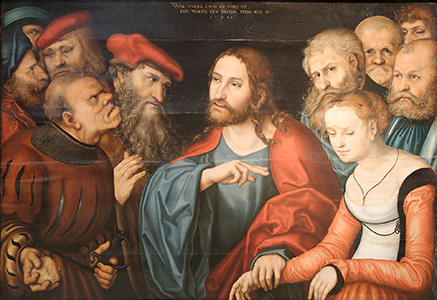


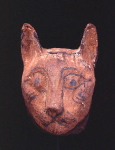
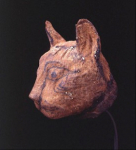

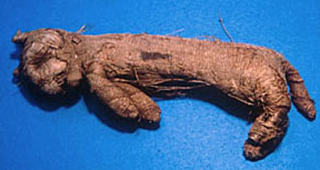
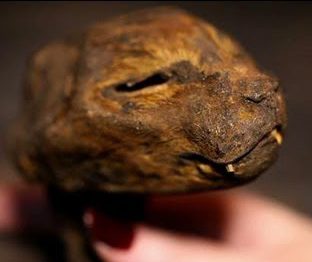
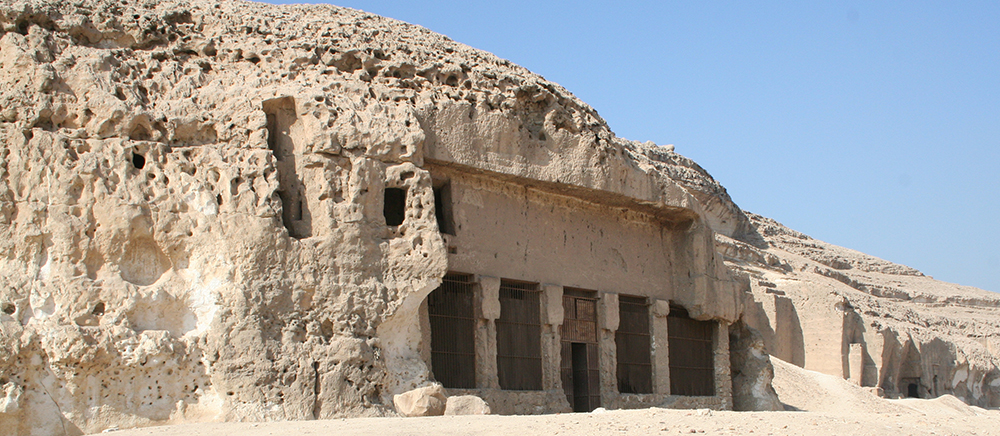



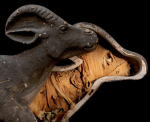

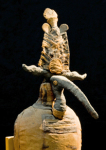
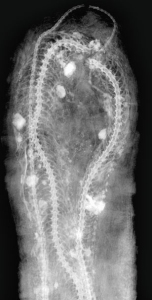
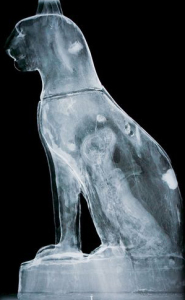




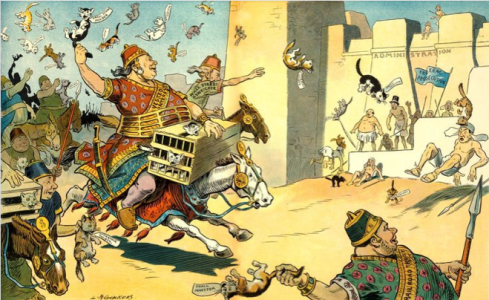
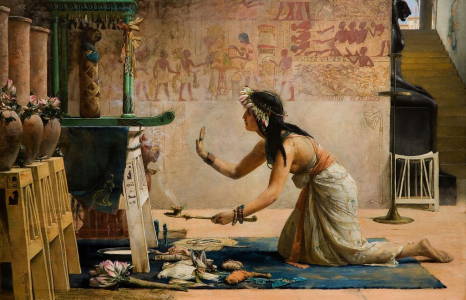
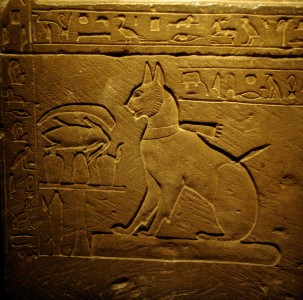

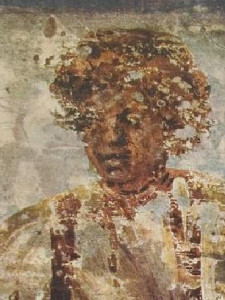
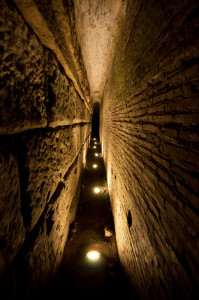


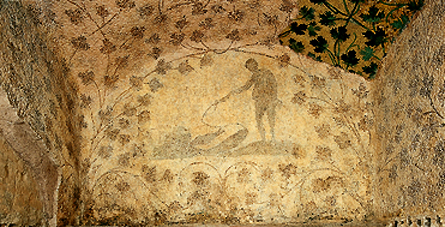
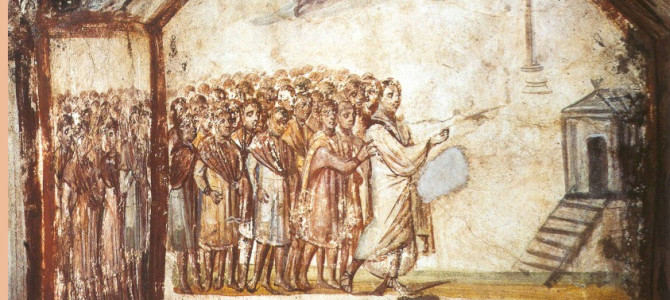
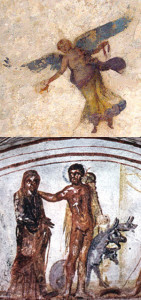


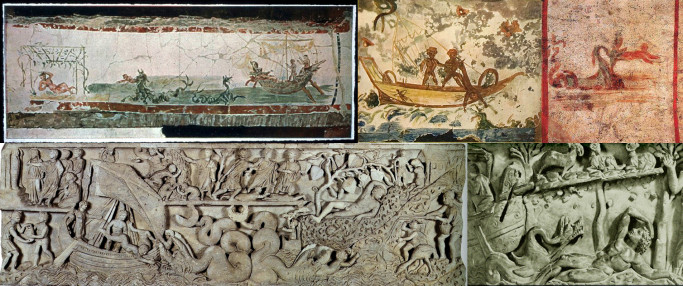



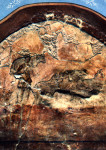
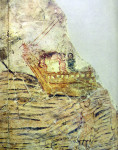
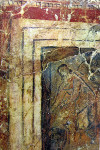

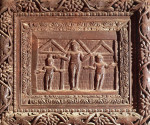
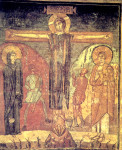
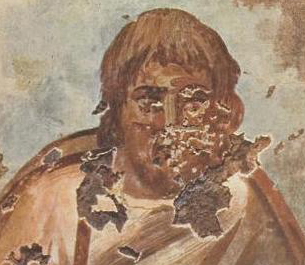
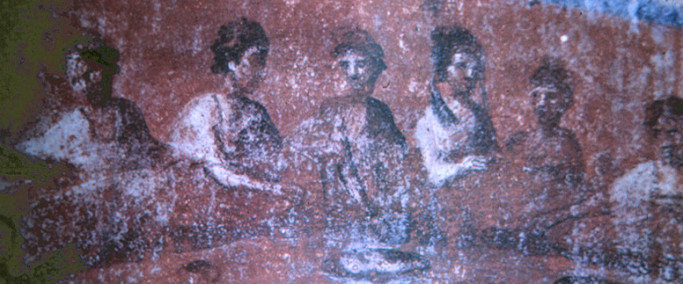

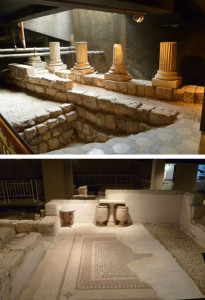

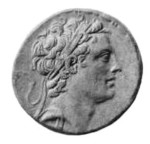
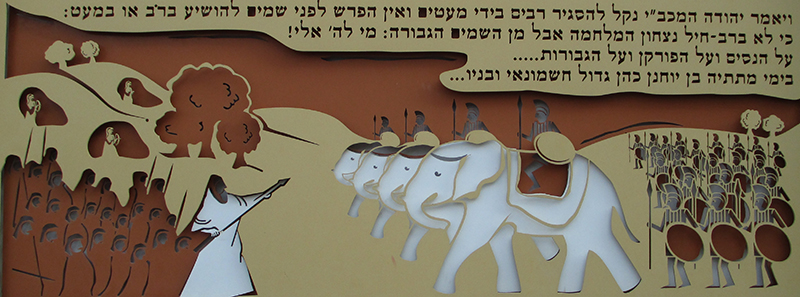
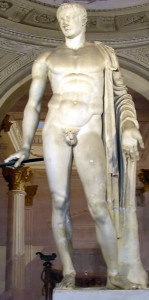
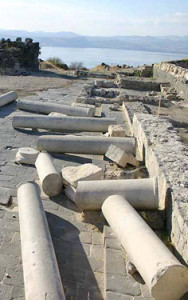
 HIPPOS sat on a high ridge overlooking the eastern side of Sea of Galilee, surrounded on all sides by steep inclines and high fortifications. One thin shoulder of rock approached the main gate on the east, where a fortified road connected the city to the eastern hills as well as indirectly to the sea. Of all the Decapolis cities, Hippos is said to have harbored the greatest antagonism toward Israel for her part in the Hasmonaean wars.
HIPPOS sat on a high ridge overlooking the eastern side of Sea of Galilee, surrounded on all sides by steep inclines and high fortifications. One thin shoulder of rock approached the main gate on the east, where a fortified road connected the city to the eastern hills as well as indirectly to the sea. Of all the Decapolis cities, Hippos is said to have harbored the greatest antagonism toward Israel for her part in the Hasmonaean wars.

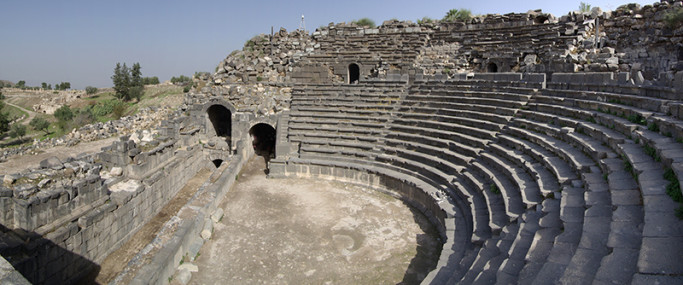
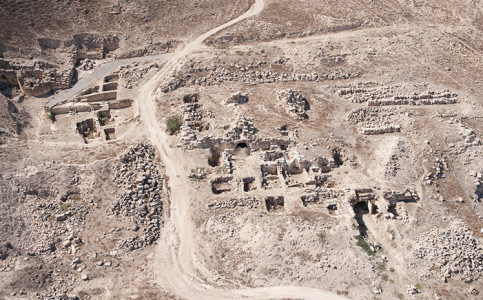
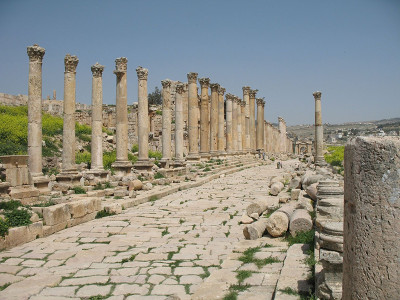
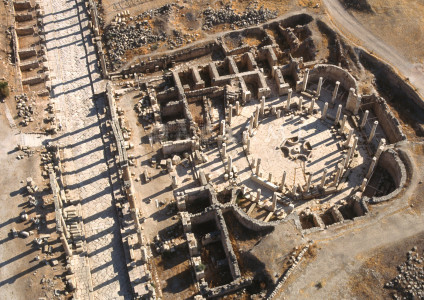



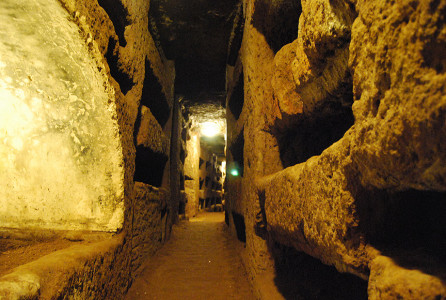

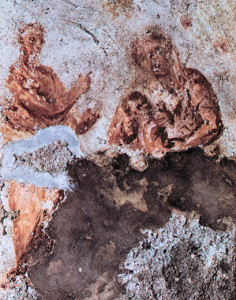

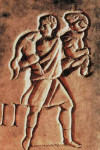


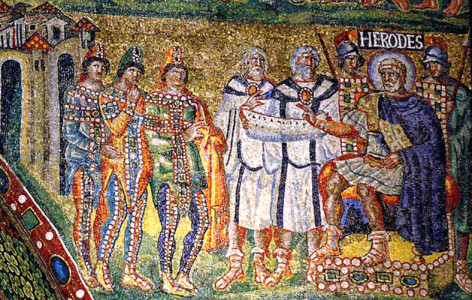


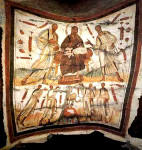
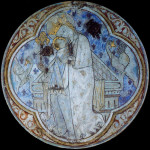
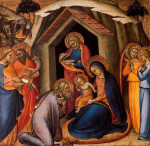


 Throughout the week, four species of plants were ceremonially waved (citron fruit, the closed frond of a date palm, and leafy boughs of the myrtle and willow trees) in recognition of the green trees of the land. Wheat, barley, grapes, figs, pomegranates, olives, and dates represented their harvested crops. Above all, the week was a time of rejoicing, and of remembering God’s care for Israel during the years of her wandering in the wilderness and living in tents, or booths.
Throughout the week, four species of plants were ceremonially waved (citron fruit, the closed frond of a date palm, and leafy boughs of the myrtle and willow trees) in recognition of the green trees of the land. Wheat, barley, grapes, figs, pomegranates, olives, and dates represented their harvested crops. Above all, the week was a time of rejoicing, and of remembering God’s care for Israel during the years of her wandering in the wilderness and living in tents, or booths. Before the first and holiest day of Sukkot, which came five days after Yom Kippur, each family built a small booth, where they lived together during the festival.
Before the first and holiest day of Sukkot, which came five days after Yom Kippur, each family built a small booth, where they lived together during the festival.